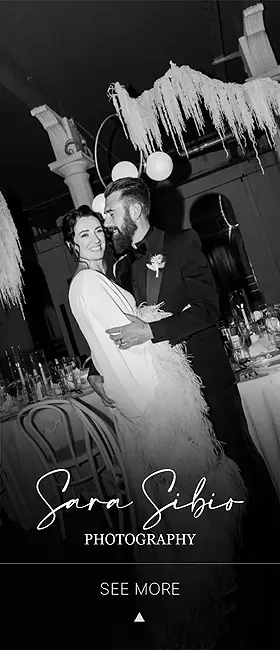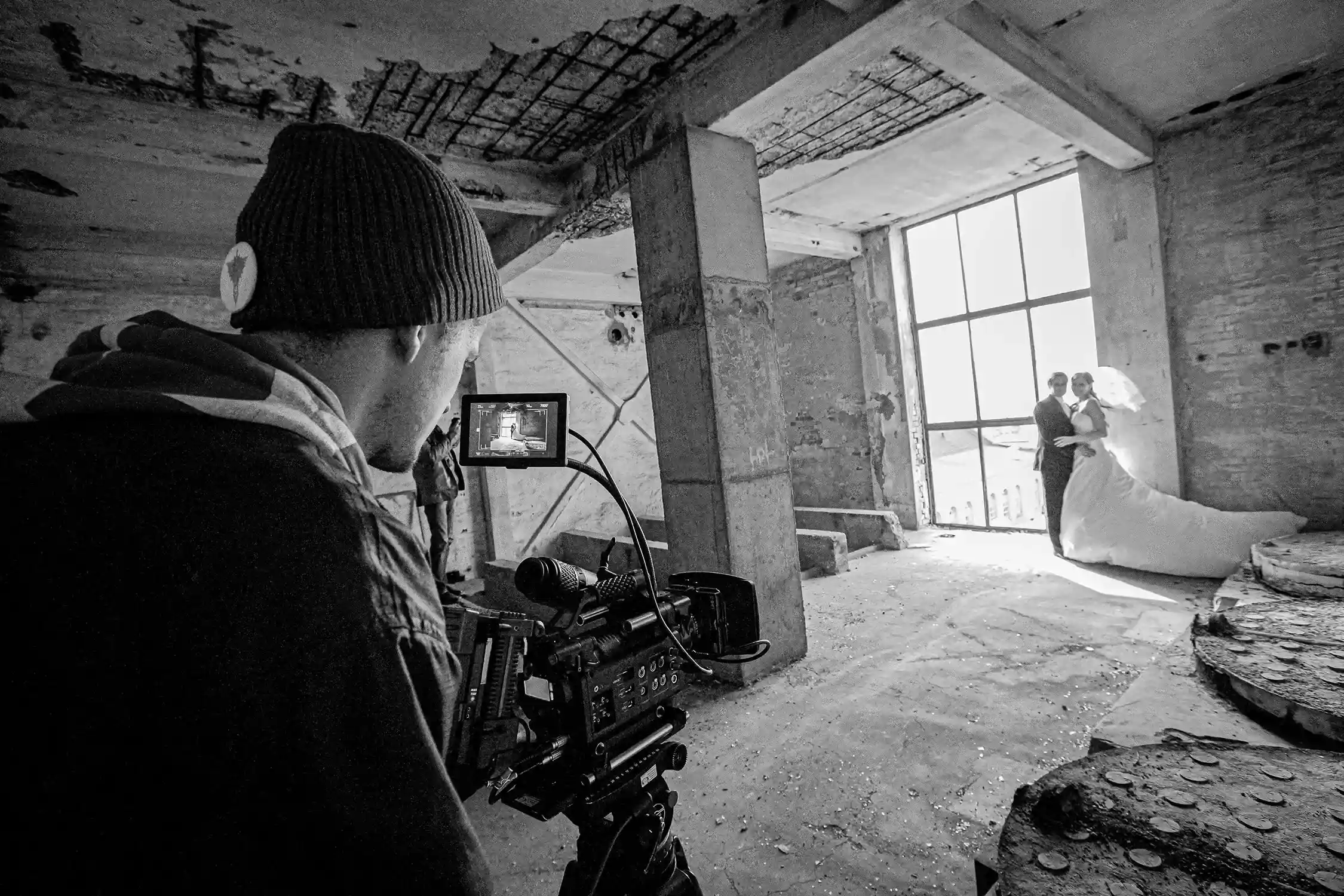Want to make sure your wedding video captures every single magical moment?
Your wedding day flies by faster than you think. One minute you're walking down the aisle, the next you're cutting cake and wondering where the time went. That's exactly why having a rock-solid video production timeline is so important.
Here's the truth:
Without proper planning, you'll miss those once-in-a-lifetime moments that make your heart skip a beat. And trust me, you can't get a do-over on your wedding day.
What you'll discover:
- Why Wedding Video Timelines Matter More Than You Think
- The Secret to Perfect Coverage Planning
- Timeline Mistakes That Ruin Wedding Videos
- How to Work With Your Video Team Like a Pro
.webp)
Why Wedding Video Timelines Matter More Than You Think
Wedding video production has exploded in recent years. According to recent industry data, videography and photography services now account for 35% of the entire wedding services industry. That's huge! But here's what most couples don't realize...
The difference between amazing wedding videos and mediocre ones isn't just the equipment. It's the planning. More specifically, it's having a timeline that makes sense.
Professional video production for your wedding involves multiple cameras, audio equipment, lighting setups, and a team of people who need to be in exactly the right place at exactly the right time.
Without a solid timeline? Chaos.
Many couples hire talented videographers but end up with rushed footage. Why? Because nobody mapped out when and where everything needed to happen. When you work with experienced professionals like New York's Synima agency, they understand that successful video production for your wedding starts with meticulous timeline planning. These experts know that every minute counts on your big day.
.webp)
The Secret to Perfect Coverage Planning
Want to know the biggest mistake couples make when planning their wedding video timeline? They think about it like photography.
Here's the thing...
Video and photos are completely different beasts. While a photographer can capture a moment in a split second, videographers need time to set up, capture sequences, and get multiple angles. Recent trends show that couples are increasingly demanding same-day edits and rapid delivery of wedding footage, with many videographers now delivering highlight films within 24 to 48 hours. This puts even more pressure on getting the timeline right from the start.
So how do you plan for seamless video coverage?
Start with your must-have moments.
Every couple has different priorities, but here are the moments that absolutely cannot be missed:
- Getting ready shots (especially the dress reveal)
- First look reaction
- Ceremony entrance and vows
- Ring exchange
- First kiss as married couple
- Reception entrance
- First dance
- Cake cutting
- Bouquet toss
Now here's where it gets tricky.
Each of these moments requires different setup times and camera positions. Your videographer can't just teleport from the ceremony to the reception.
.webp)
Timeline Mistakes That Ruin Wedding Videos
Here are some timeline mistakes that drive wedding videographers absolutely crazy.
Mistake #1: Not allowing buffer time
Your ceremony is supposed to start at 4 PM, so you schedule the videographer to arrive at 3:45 PM. Wrong! Professional video crews need at least 30-60 minutes to set up their equipment properly.
Mistake #2: Back-to-back events in different locations
You want footage of the bridal party getting ready at the hotel, then immediately want the crew at the ceremony venue 20 minutes away. Unless your videographer has a teleportation device, this isn't happening.
Mistake #3: Forgetting about golden hour
Industry statistics reveal that 75% of couples use Pinterest for wedding inspiration, and those dreamy golden hour shots are everywhere. But if your ceremony ends at 6 PM in December, you've already missed that magical lighting.
Mistake #4: Not communicating family dynamics
Your videographer shows up ready to film your dad walking you down the aisle, but surprise – your parents are divorced and there's drama. These details matter for planning who to film when.
See directory: WEDDING VIDEOGRAPHERS
.webp)
How to Work With Your Video Team Like a Pro
The best wedding videos happen when couples and videographers work together like a well-oiled machine. Here's how to make that happen...
Share your timeline early
Don't wait until the week before your wedding. Share it at least 2-3 months in advance, then update it as things change. Your team needs time to scout locations.
Be realistic about travel time
If your ceremony and reception are at different venues, add extra time for your video crew to move equipment. They're carrying thousands of dollars worth of gear.
Think about lighting conditions
Indoor venues with dim lighting require different setups than outdoor ceremonies. Share photos of your venues so your team can plan accordingly.
Communicate your priorities
Let your videographer know what matters most to you. They can allocate their time and energy accordingly.
.webp)
The Ultimate Wedding Video Timeline Template
Ready for the timeline that actually works?
6-8 hours before ceremony:
- Videographer arrives at getting ready location
- Setup equipment and capture detail shots
- Begin filming bride and bridal party preparations
4-5 hours before ceremony:
- Film groom and groomsmen getting ready
- Capture venue and decor details
- Set up ceremony equipment
2 hours before ceremony:
- First look filming (if applicable)
- Bridal party and family portraits
- Final ceremony setup checks
30 minutes before ceremony:
- Guest arrival footage
- Final equipment checks
- Position cameras for ceremony
During ceremony:
- Multiple camera angles
- Audio capture from officiant mic
- Guest reaction shots
Immediately after ceremony:
- Family formal shots
- Couple portraits
- Equipment move to reception venue
1 hour before reception:
- Reception venue setup shots
- Equipment testing
- Cocktail hour coverage
During reception:
- Grand entrance
- First dance
- Speeches and toasts
- Cake cutting
- Dancingand celebration
This timeline builds in buffer time and accounts for the reality of how video production actually works.
.webp)
Making It All Come Together
The truth about wedding video timelines is simple. They're not about restricting your day. They're about creating space for magic to happen.
When you have a solid timeline, your videographer can focus on being creative instead of scrambling. They can anticipate moments instead of reacting to them.
Statistics show that 53% of couples are planning weddings with fewer than 50 guests in 2024, which makes timeline planning even more important. With smaller weddings, every moment carries more weight.
The couples who end up with incredible wedding videos aren't the ones who spend the most money. They're the ones who plan ahead and communicate clearly.
.webp)
Bringing It All Together
Your wedding video timeline doesn't have to be complicated, but it does need to be thoughtful. Start by identifying your must-have moments, then work backwards to figure out when everything needs to happen. Build in buffer time for travel, setup, and those unexpected moments that make weddings so special.
Remember, the goal isn't to control every second of your day. It's to create the framework that lets your love story unfold naturally while ensuring every precious moment gets captured. With the right timeline in place, you can actually relax and enjoy your wedding day, knowing that your video team has everything under control.
Because at the end of the day, that's what matters most – having a wedding film that brings back all the joy, laughter, and love from the most important day of your life.
There are no significant grammatical or stylistic errors in the provided text. It is well-written and clear.







.webp)
.webp)
.webp)
.webp)
.webp)
.webp)
.webp)





